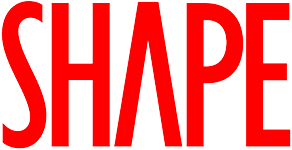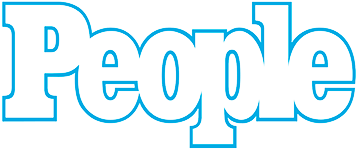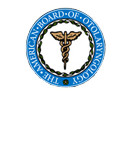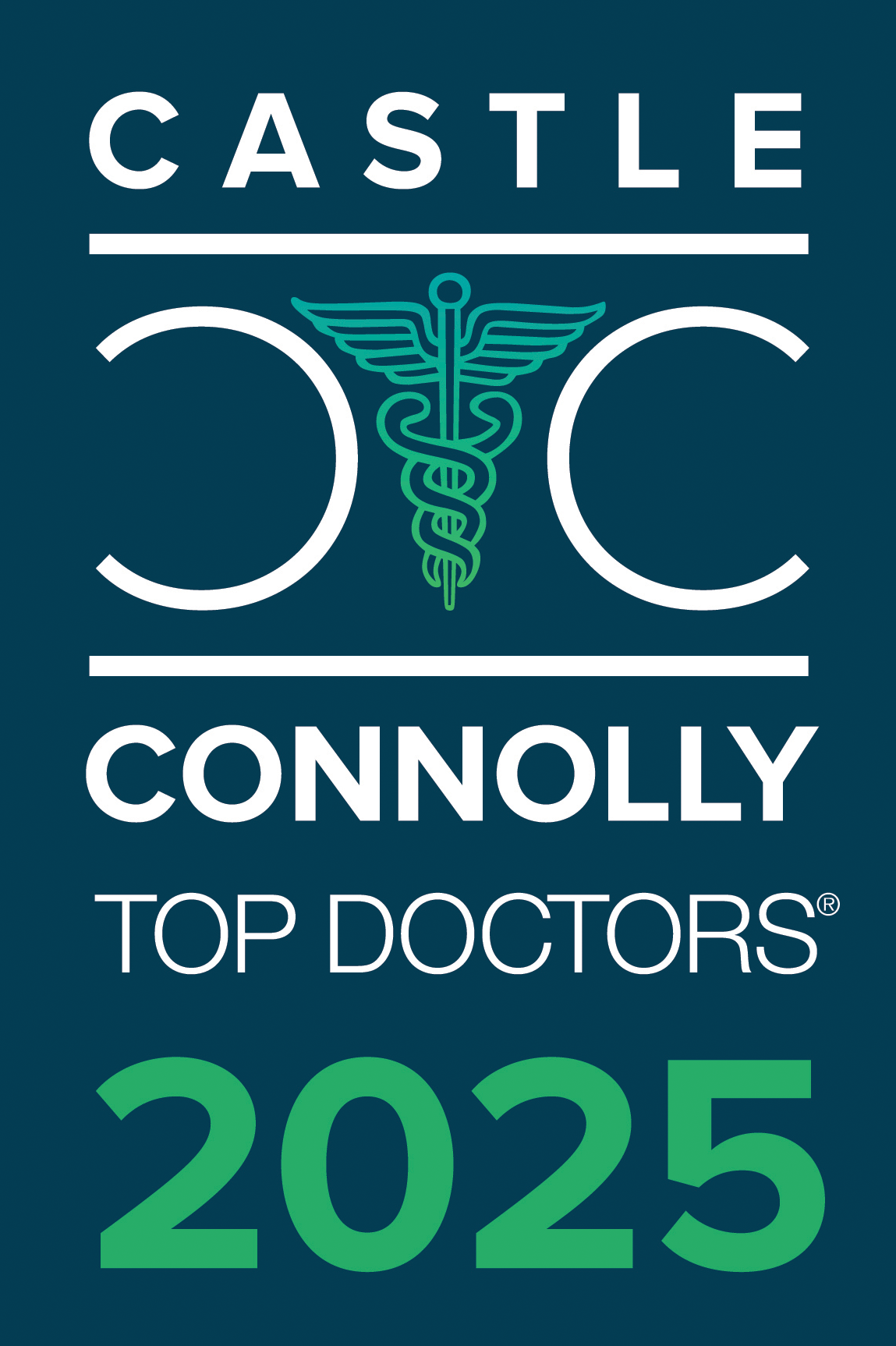Turbinate Reduction Surgery
In many cases, medication does not work for patients suffering from turbinate hypertrophy. The size of and activity of the turbinates either shows no response or response is minimal. Turbinate reduction surgery describes a group of procedures that are designed to treat turbinate hypertrophy. The vast majority of turbinate reduction surgeries are performed by going in through the nostrils, which means there is no visible scarring after the procedure.
Dr. Greg Levitin’s core experience and qualifications lie in head and neck surgeries, making him the perfect physician to choose if you need turbinate reduction surgery. In many cases, patients require a combination of different techniques in order to achieve the desired results. Each procedure varies in the level of invasiveness, depending on the patient’s specific needs. For instance, some surgeries may involve sections of bone to be resected or removed.
It is important that chronic turbinate hypertrophy is diagnosed before turbinate reduction surgeries are considered. Similar conditions will likely benefit from less invasive procedures. Dr. Greg Levitin and his team will conduct an extensive assessment of your condition, which will determine any potential environmental contributors before recommending an appropriate treatment. Acute turbinate hypertrophy may not require any surgical intervention if removing environmental factors or treating conditions, such as allergies, result in significant improvement of symptoms.
What Is Turbinate Hypertrophy?
The term inferior turbinate hypertrophy refers to an increase in turbinate size. Some of the common causes of the condition include nasal allergies, a deviated septum or vasomotor rhinitis. Chemical irritants may also trigger the turbinates. However, turbinate hypertrophy may not occur unless exposure to chemicals is sufficient to cause chronic swelling. If you are suffering from chronic turbinate hypertrophy, you will experience persistent nasal congestion and breathing difficulties.
If Dr. Levitin determines that turbinate reduction therapy is needed, he may also offer rhinoplasty or septoplasty as additional procedures to correct any structural issues of the nose. As the patient, you are entitled to make informed decisions about your own health, so discussing all aspects of treatment is always encouraged. Recovery times from turbinate reduction surgeries and nose reconstruction will vary depending on your specific needs. Make sure to raise any concerns which you feel are important during the consultation period so Dr. Levitin or a member of his team can help you prepare for treatment.
For a more in-depth explanation of turbinate reduction surgeries and recovery times, contact Dr. Greg Levitin today. We are happy to provide you with more information, including a step-by-step guide on what is involved at each stage of treatment.













